Kutsinta (cuchinta) are Filipino steamed cakes made with flour, tapioca flour, and brown sugar. Soft, chewy, and topped with grated coconut, they're a delicious breakfast, snack, or dessert.
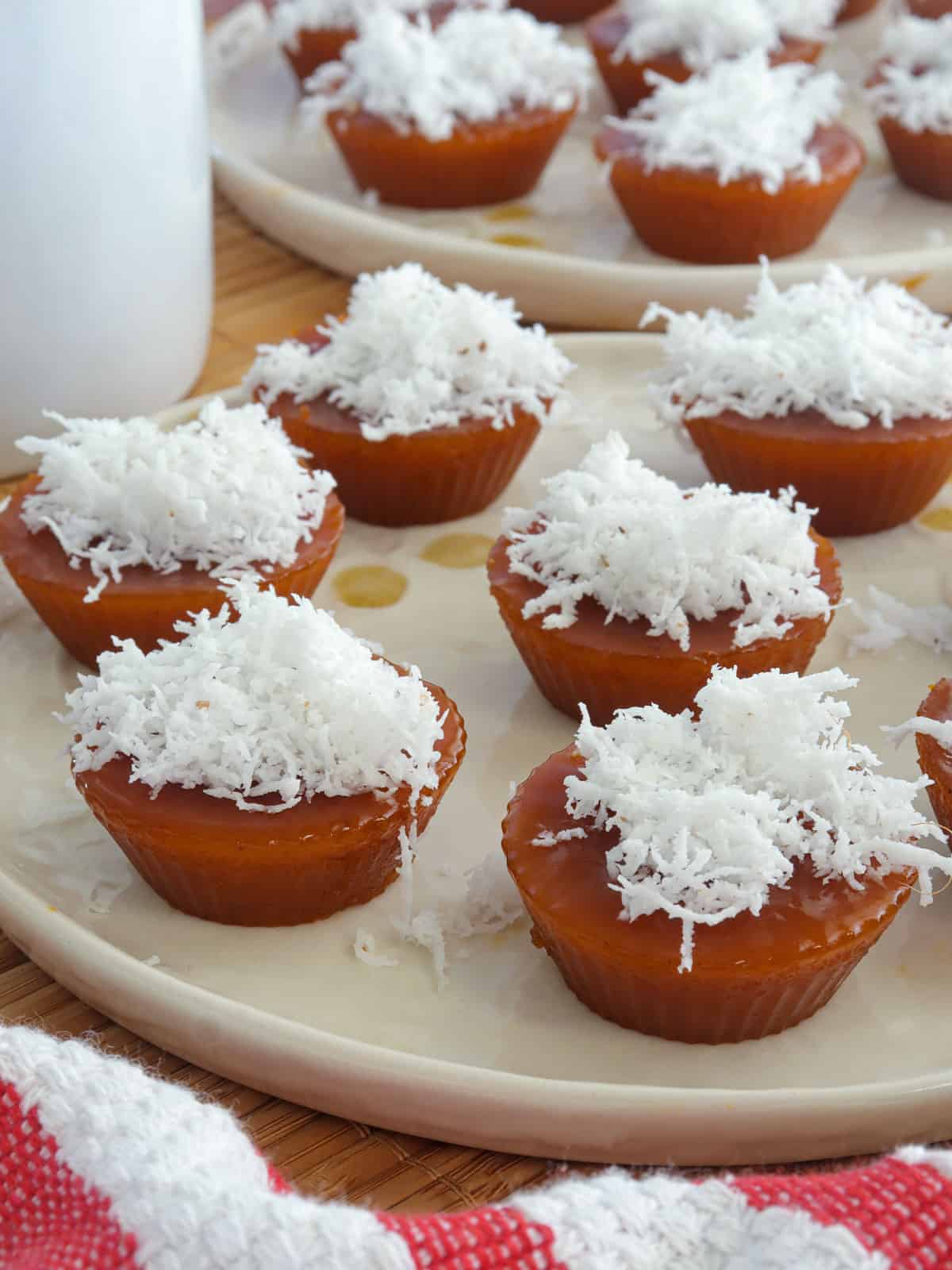
I've been looking for a good recipe for kutsinta or cuchinta since forever, but my search and kitchen experiments have been sorely disappointing. That was until last weekend, when my kumare posted on Facebook a picture of the kutsinta she made and how she finally nailed the recipe after two years of trial and error.
I was so excited reading her post that I PM'ed her as fast as my stubby fingers could type! I am unsure of the time difference between California and Vancouver, where she lives, but I was glad she replied with the recipe and had me on my kutsinta-making project in thirty minutes flat. Thank heavens for awesome friends 🙂
I made a couple of bites of the steamed cakes following her method, and I had to agree; she indeed nailed it! While most of the recipes I've encountered in the past use rice flour, her version uses all-purpose flour and tapioca flour, which, along with the addition of lye water, produces the soft and chewy texture I like.
Are you in the mood for more puto recipes? Try this easy Puto with tons of cheese and this Puto Lanson made of grated cassava. Enjoy!
Ingredient notes
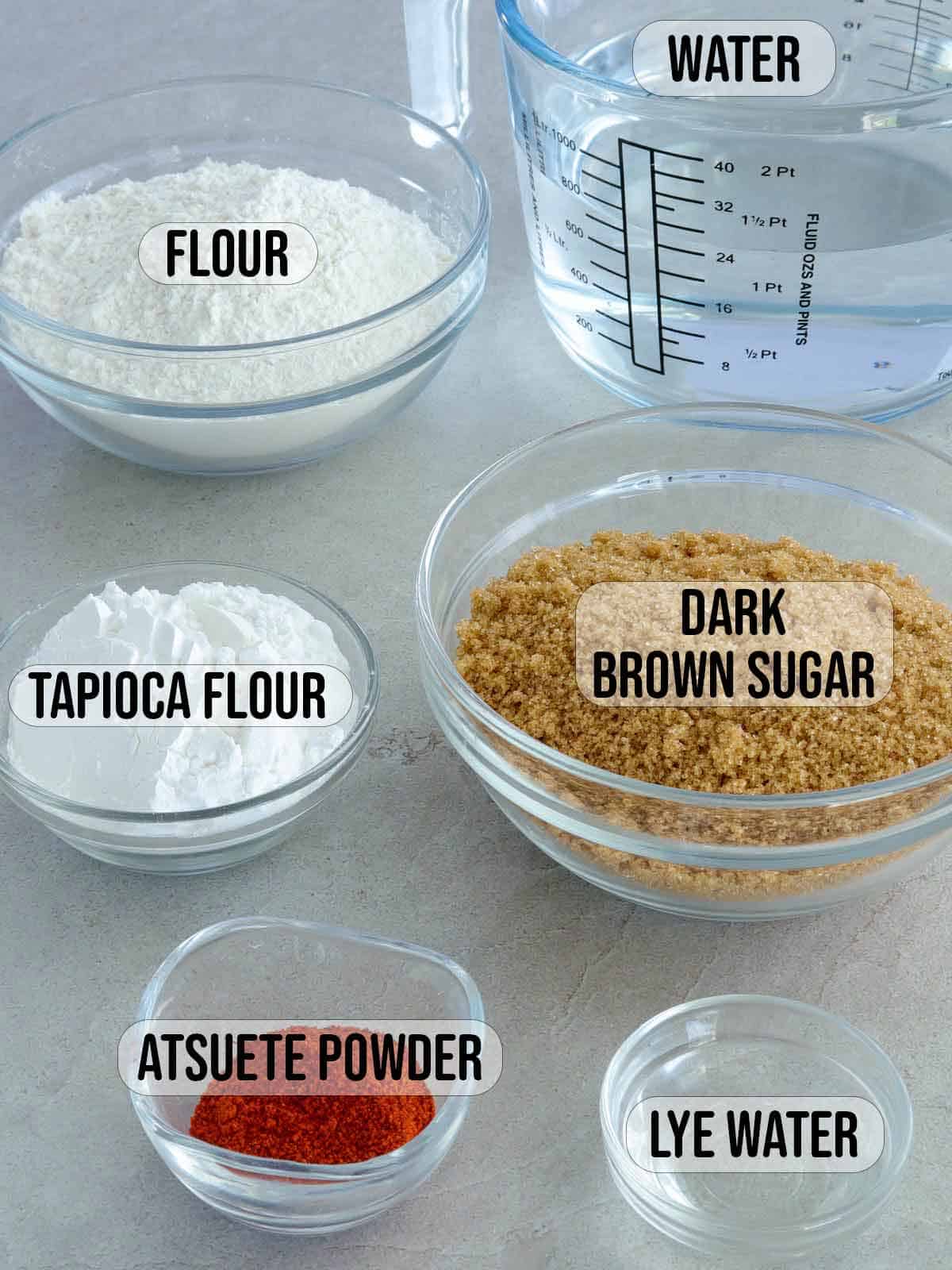
- Flour- the recipe uses a mixture of all-purpose and tapioca flour for a soft and chewy texture.
- Brown sugar- adds color and sweetness
- Water- the ratio of flour and liquid in the recipe yields the texture I like. Less water will result in a tougher cuchinta, and more water will create a softer consistency.
- Atsuete/annatto powder- enhances color. You can use more or less depending on the depth of color desired and the brown sugar used. Note that the color will deepen as the mixture cooks.
- Food-grade Lye water- locally known as lihiya. It softens the texture for a chewy texture and boosts color. Add sparingly as it can impart a bitter taste.
Kutsinta cooking process
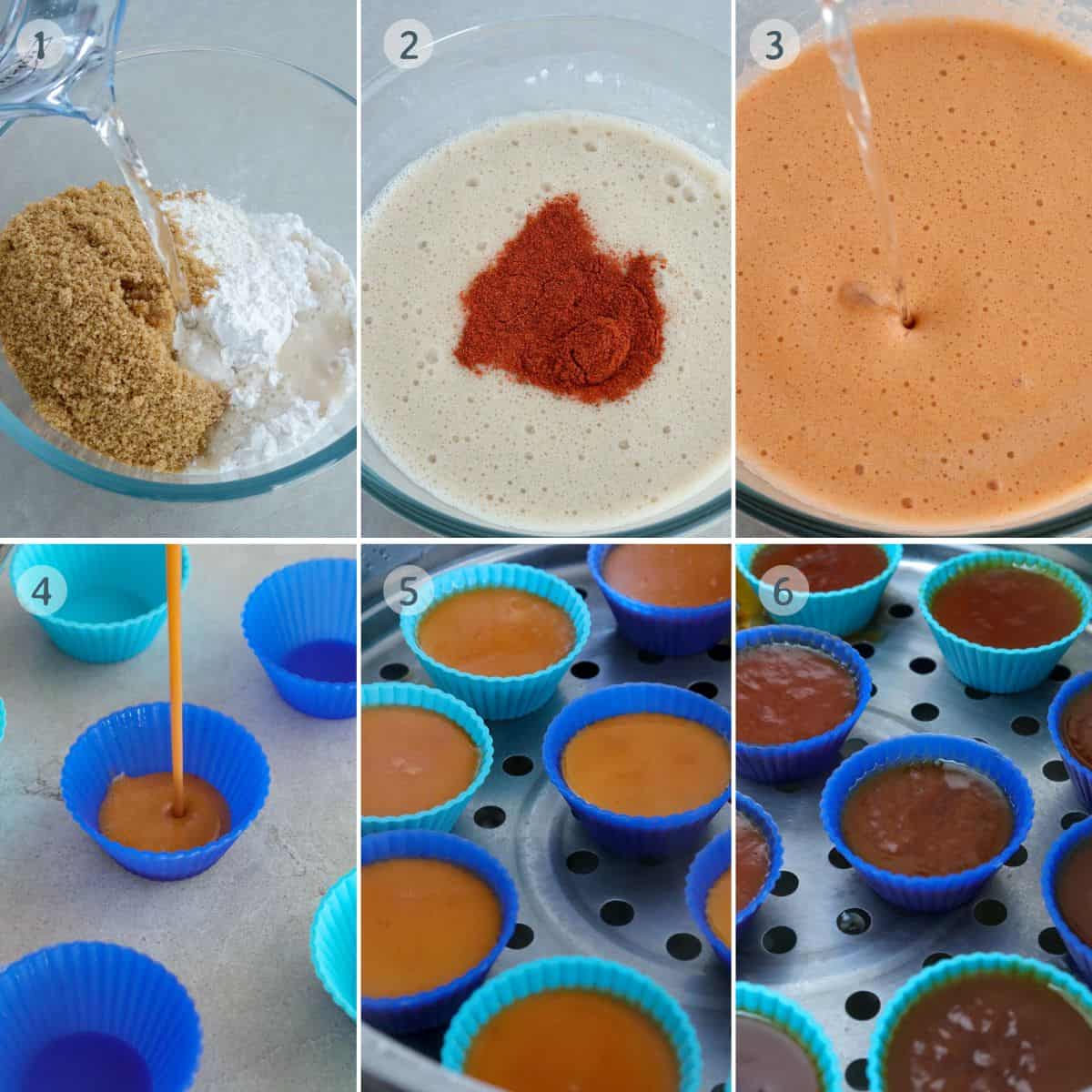
- Combine flour, tapioca flour, sugar, and water in a large bowl and stir well until dissolved and the mixture is smooth.
- Add atsuete and stir until well dispersed and the desired color is achieved.
- Add lye water and stir.
- Fill the silicone molds to about ¾ full. If using tin molds, lightly grease the insides with melted butter to make removing the steamed kutsinta easy.
- Fill the steamer with water and bring to a simmer. Arrange the filled molds in a single layer on the steamer basket and steam the kutsinta mixture until set.
- Remove from heat and allow to cool. Gently remove the steamed cakes from the molds and top with grated coconut.
Helpful tips
- Steam in a gentle simmer to prevent the kutsinta from sinking in the middle.
- These are mini-sized cuchinta; recipe yield depends on the size of molds you use.
- Stir the mixture before pouring it into the molds, as the flour tends to settle in the bottom.
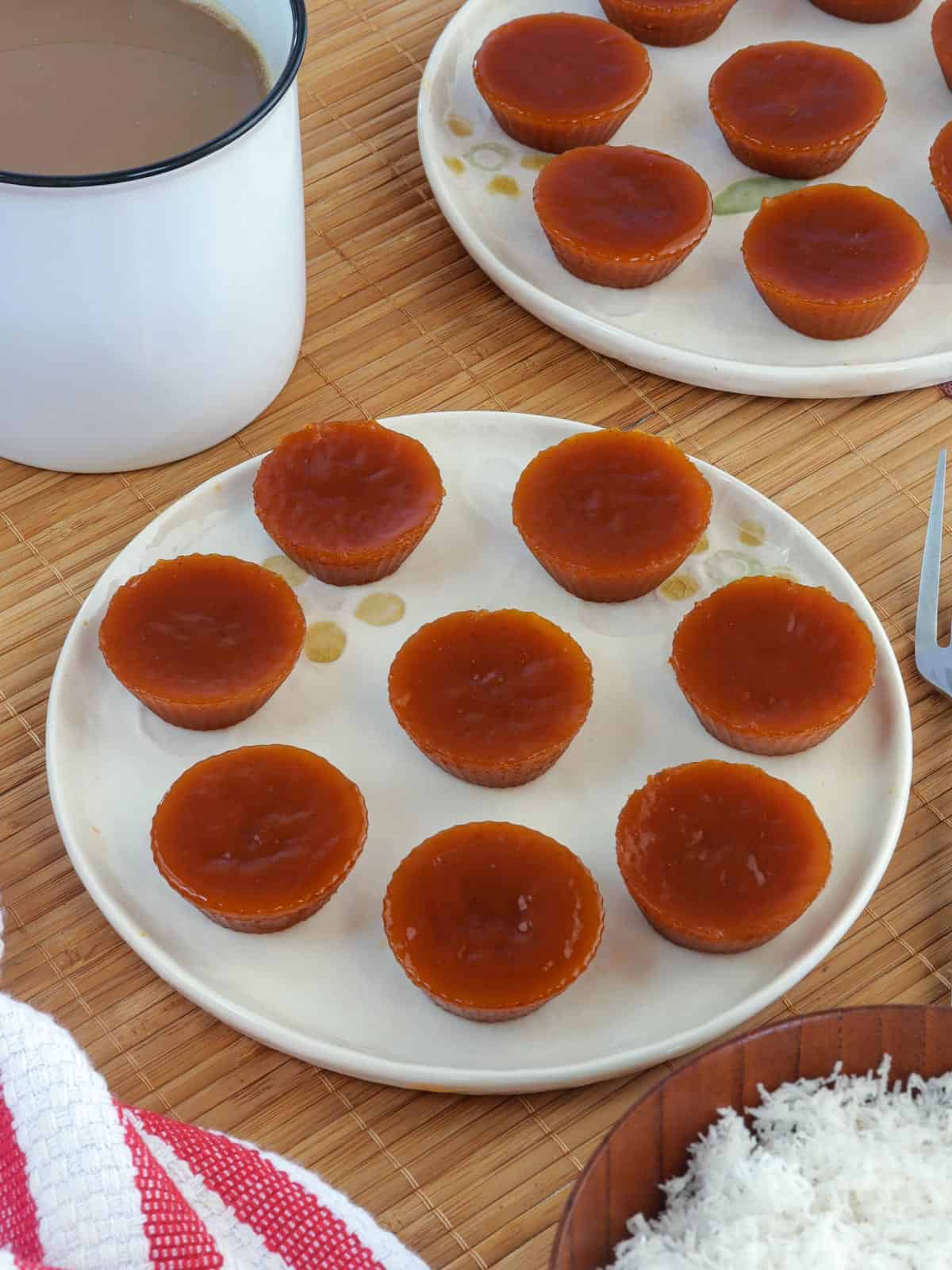
Flavor Variations
- Ube- use white sugar instead of brown sugar, skip the atsuete powder, and add a few drops of ube extract to the batter
- Black- use white sugar instead of brown sugar, skip the atsuete powder, and add a few drops of black food coloring to the batter
- Pandan- use white sugar instead of brown sugar, skip the atsuete powder, and add a few drops of pandan extract to the batter
Frequently Asked Questions
What lye water does in kutsinta?
Food-grade Lye water is a strong alkaline solution used in various cooking processes, such as curing and baking. It is a key ingredient in making kutsinta or pichi-pichi, as well as Chinese moon cakes, bagels, pretzels, and ramen noodles. It raises the pH level of the dough for a richer color and a springy texture.
If you prefer not to use lye or don't have access to it, you can read this article on using baked baking soda solution as an alternative.
How to serve and store
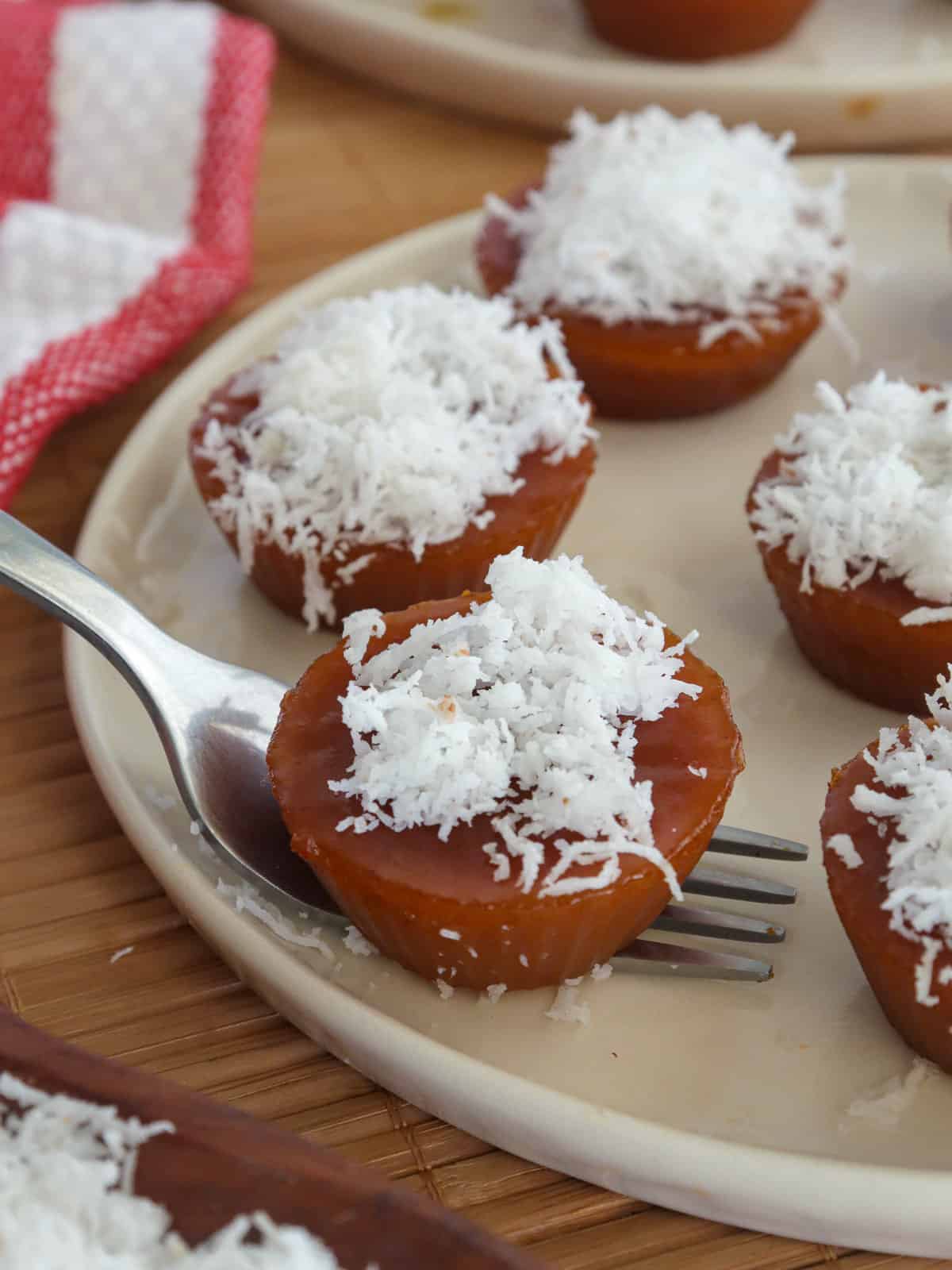
- Kutsinta are traditionally served for breakfast, midday snacks, or after-meal desserts. For a tasty treat, enjoy them with hot tsokolate or ice-cold calamansi juice!
- Top the steamed cakes with grated coconut (niyog) or toasted desiccated coconut (budbod). You can skip the coconut and dip them in dulce de leche or yema spread.
- To store, transfer to a container with a tight-fitting lid and refrigerate for up to 3 days. For longer life, top with coconut when ready to serve
Ingredients
- 1 ½ cups flour
- ½ cup tapioca flour
- 1 ½ cups dark brown sugar
- 3 cups water
- 1 tablespoon atsuete powder
- 1 tablespoon lye water
Equipment
- silicone molds
- Steamer
Instructions
- In a bowl, combine flour, tapioca flour, sugar, and water. Stir well until dissolved and mixture is smooth.
- Add atsuete and stir until well dispersed and the desired color is achieved.
- Add lye water and stir.
- Fill molds to about ¾ full.
- Add water to the steamer and bring to simmer over medium heat.
- Steam kutsinta for about 40 to 45 minutes or until mixture is set. Remove from heat and allow to cool.
- Gently remove from molds and top with grated coconut.
Notes
- The atsuete is primarily added to deepen the color and you can use more or less depending on the brown sugar you use.
- If using tin molds, you might need to grease the insides to make removing the steamed cakes easy.
- Steam in a gentle simmer to prevent the kutsinta from sinking in the middle.
- These are mini-sized cuchinta; recipe yield depends on the size of molds you use.
- Stir the mixture between pouring into the molds as the flour settles in the bottom.
- Nutritional info is calculated at two pieces per serving.
Video

Nutrition Information
“This website provides approximate nutrition information for convenience and as a courtesy only. Nutrition data is gathered primarily from the USDA Food Composition Database, whenever available, or otherwise other online calculators.”

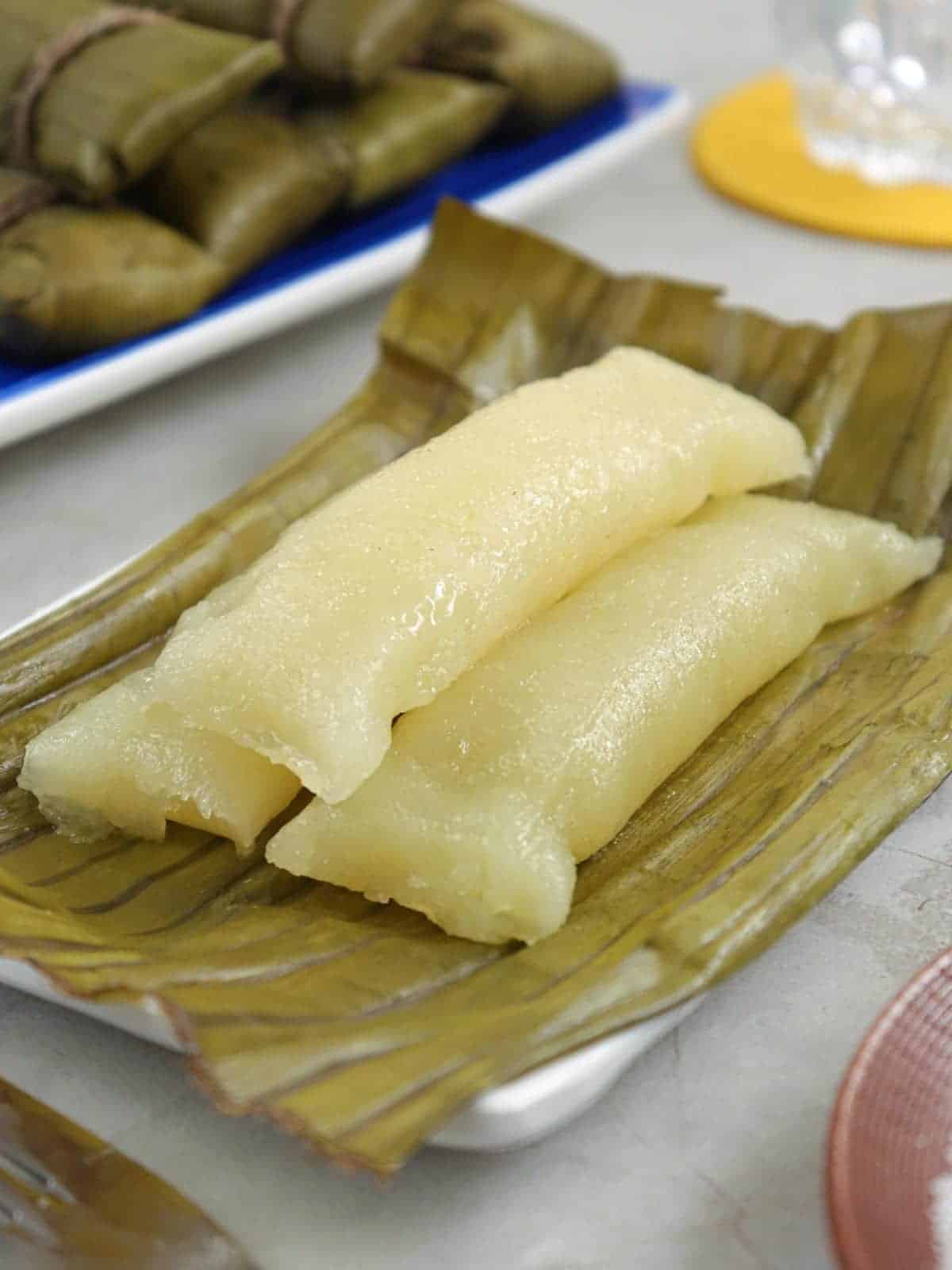
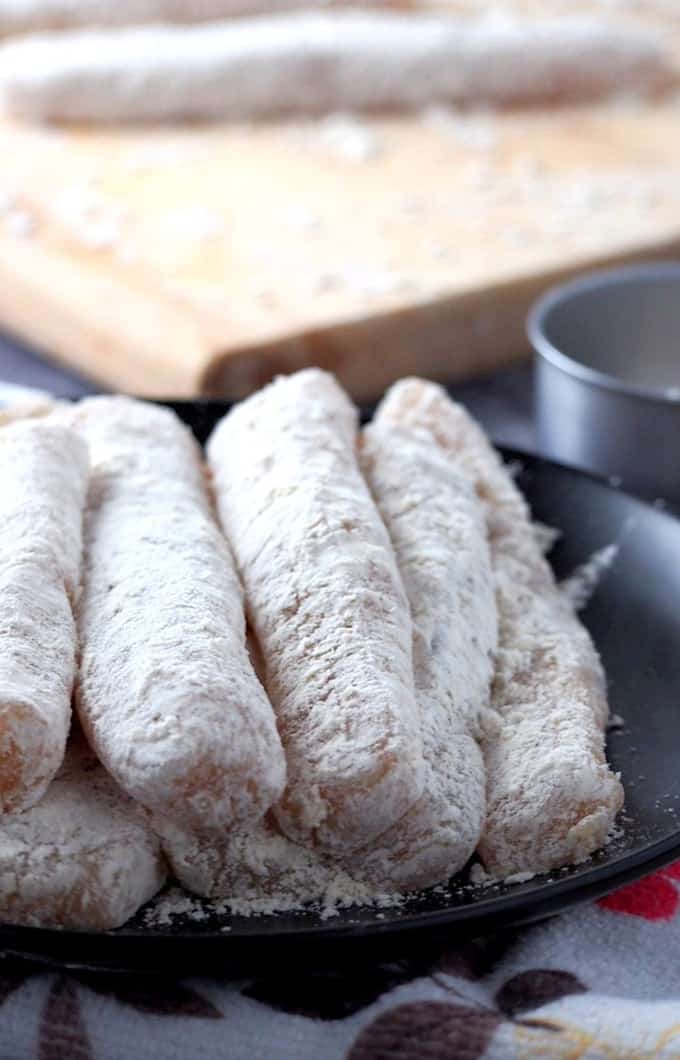
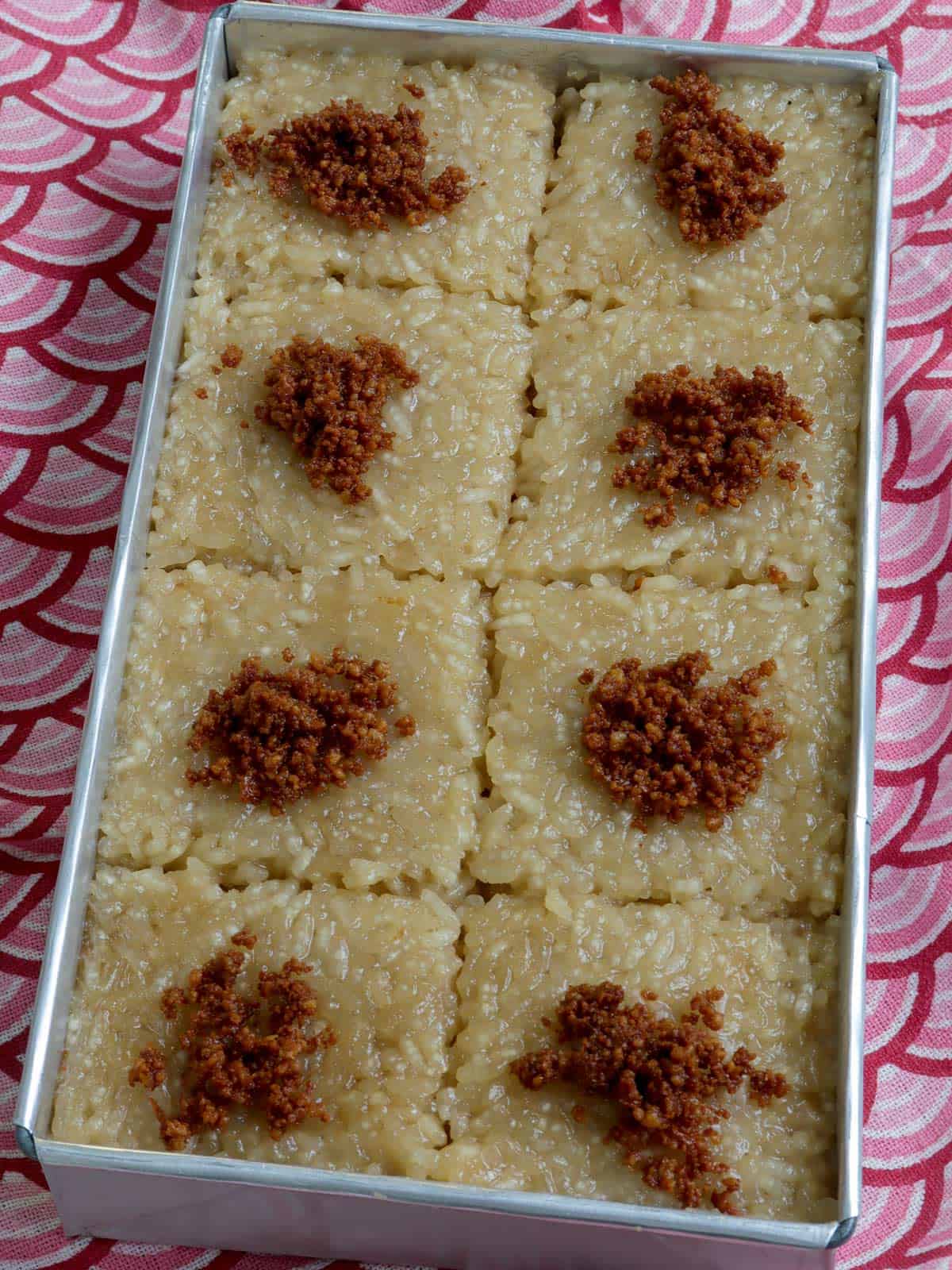
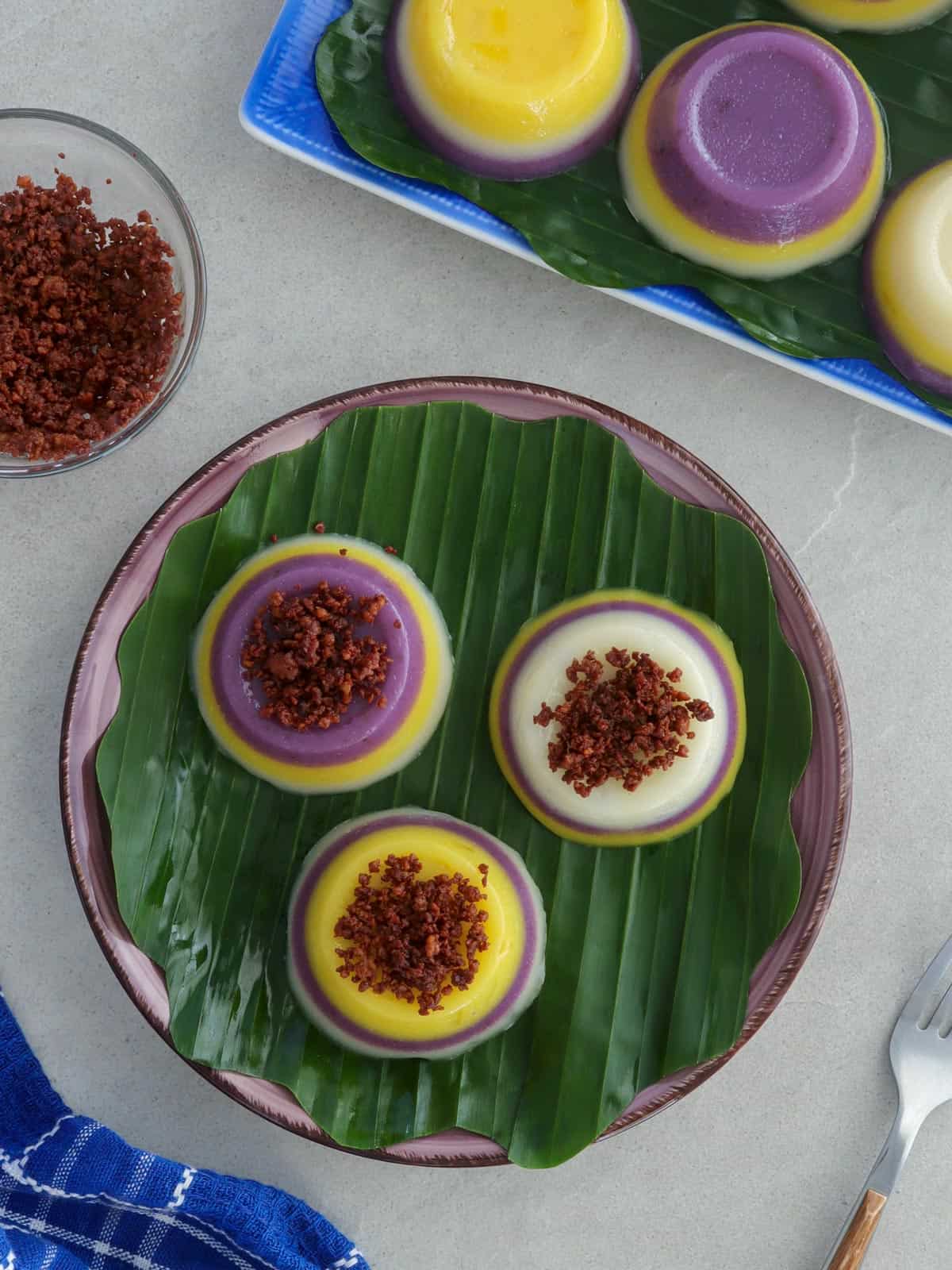
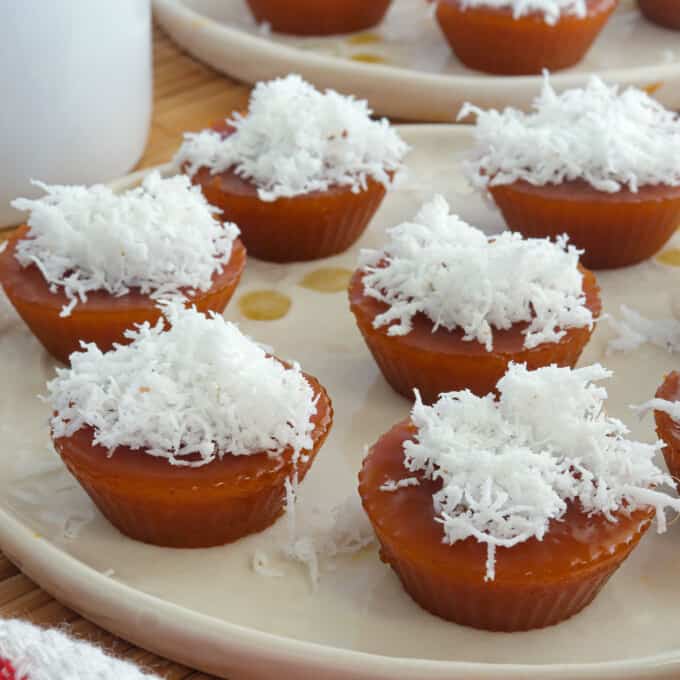
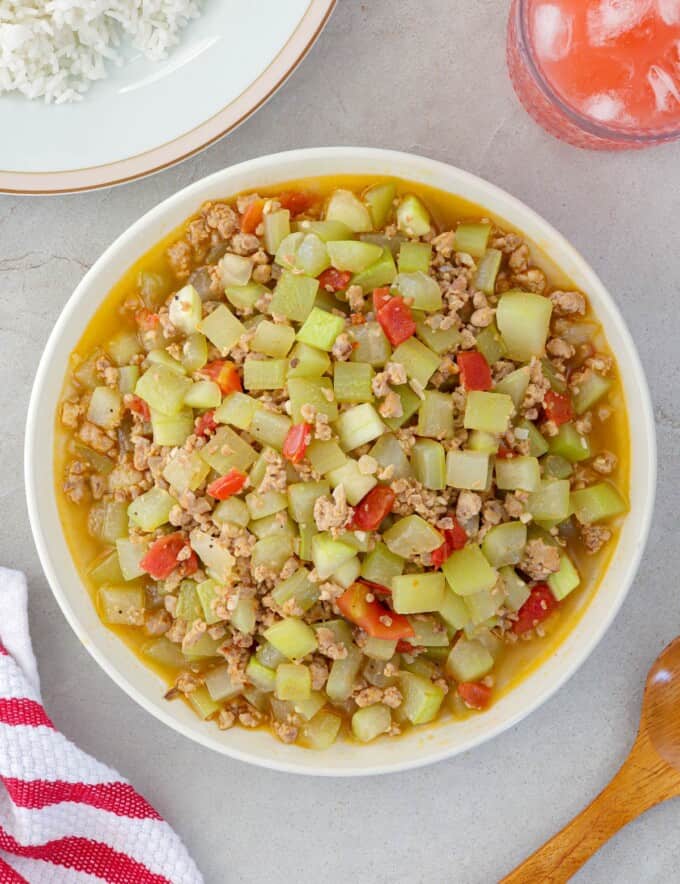
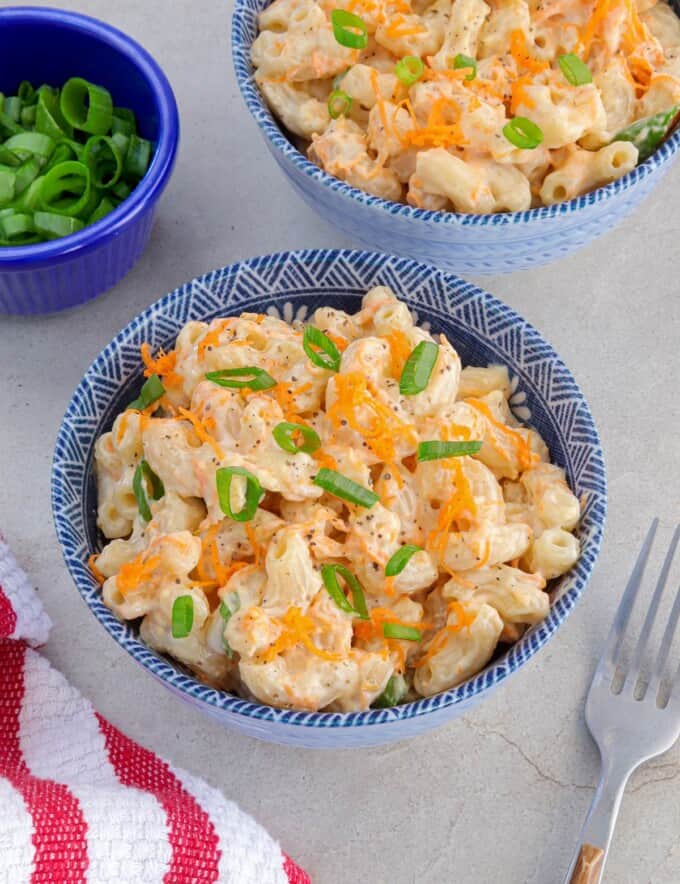
Liza Reyes says
Thank you for sharing. I made one earlier with out lye water, using baking powder boiled 5 mins. It was ok but not the texture I'm used to. I follow your recipe after seeing your video. You didn't made it too complicated using the steamer insert I also happened to have. No need for cloth cover to catch drips as it steams. No need for bamboo steamer to clean and dry forever.
It's yummy and easy, uncomplicated. Thank you, Lalaine!
bee v. says
i did make 2 batches today. I used rice flour instead of tapioca. First with muscovado and the next with combination muscovado and brown sugar. They turned out quite a hit with the family. Thank you. This has been a go to snacks for us when our suki was still around. Now that i have this recipe, will no longer buy elsewhere.
Tin says
Wow, I made this recipe and it was delicious! At first I thought that I had to do the toothpick test - where I insert a toothpick and see that it comes out clean. However, it doesn't say that on the recipe. So I just stopped steaming after an hour. And when the kutsinta cooled, they were perfect! Chewy and yummy! Thank you for this recipe
Rae says
Hi, love to see your postings, can you explain how you did the lye water?
Lalaine Manalo says
I didn't do the lye water. You can buy it from Asian supermarkets 🙂
Jackie says
Hello Miss Lalaine. I tried this recipe and it turned out so chewy and delicious. I will use this recipe from now on. Thank you.
MARKO says
1 Cup of water
1tsp of Baking Soda
Boil water in a casserole in medium heat
Add 1tsp of baking soda and stir it until no bubbles
leave it in 5 mins and all done
Rae says
Thank you soo much.
Sandy says
Hello. I have been using your recipe for kutsinta and working well but recently, I'm not sure why the the end product is always sticky and not chewy. I am not sure why. Does using handmixer can affect the texture and the result. I been using hand mixer before but never had any issues.
Lalaine Manalo says
Did you happen to change the brand of ingredient?
Nelly says
I made a lot of your receipe it works great to me thank your Lalaine Manalo for sharing your good receipes
Julieta DeLos Reyes says
All 👍🏻& Thanks🌹
Matilde Borrero says
I love all your recipes. thanks 😊
Lalaine Manalo says
Thank you so much!
AILEEN F. ABETO says
Good morning thank you very much for sharing your recipe. I really enjoyed watching it.
josie says
thanks for the recipe
Shiela says
I tried this recipe for the first time & it was amazingly good. Kudos !
joey says
perfect recipe
Carmen says
I did make without atchuete powder ot came dark brown but very very delicious. I used sweet rice powder instead of topioca.
Freg G. says
Does medium heat generates "gentle simmer"?
Rosario Thiel says
From start to end I love your presentation. I never got interest making own puto kutchinta before but now with your simple clear way plus the availability of ingredients I will make some, following the way you did. Thanks for the recipe.
.
Freg G. says
Adding 1 tbsp of lye water made my kutsinta tasted very pungent.